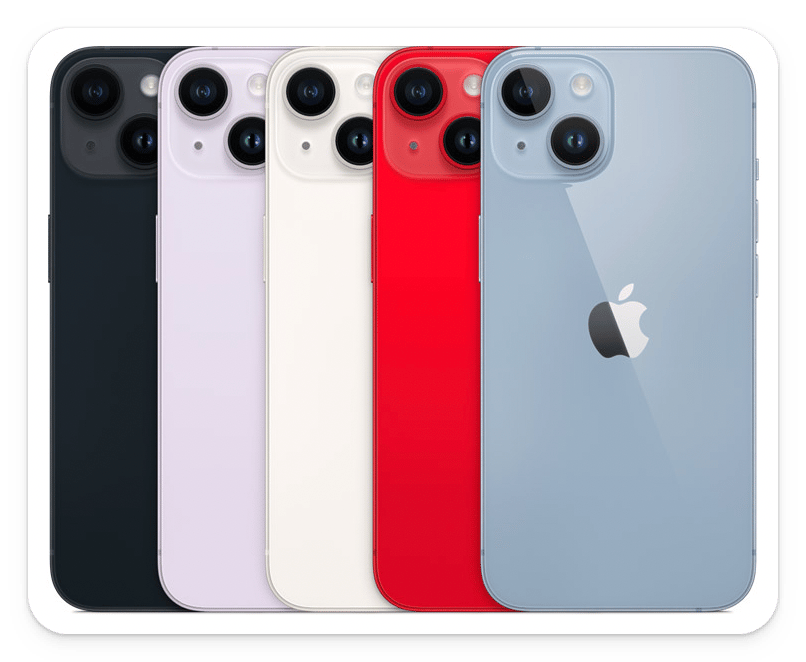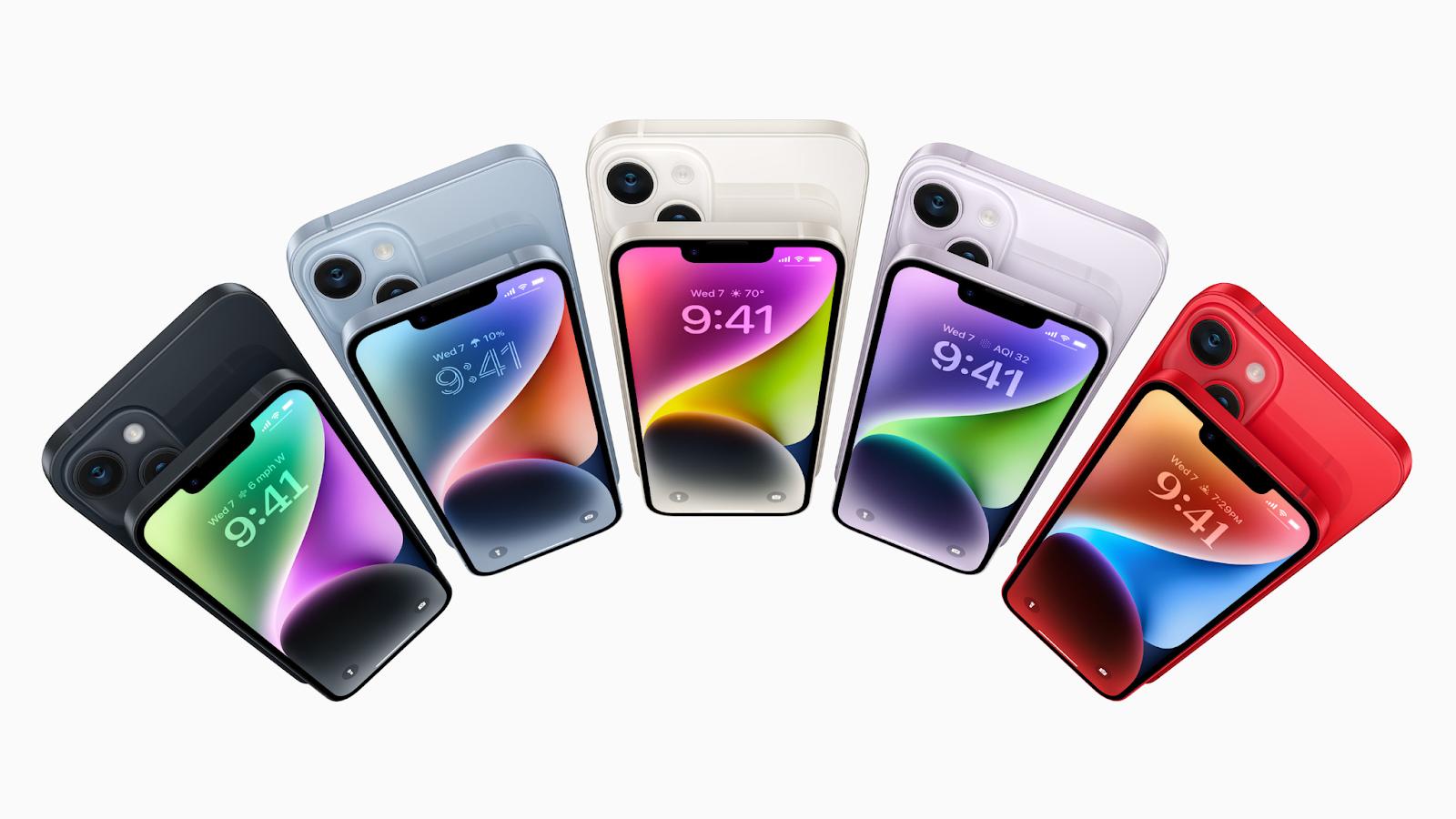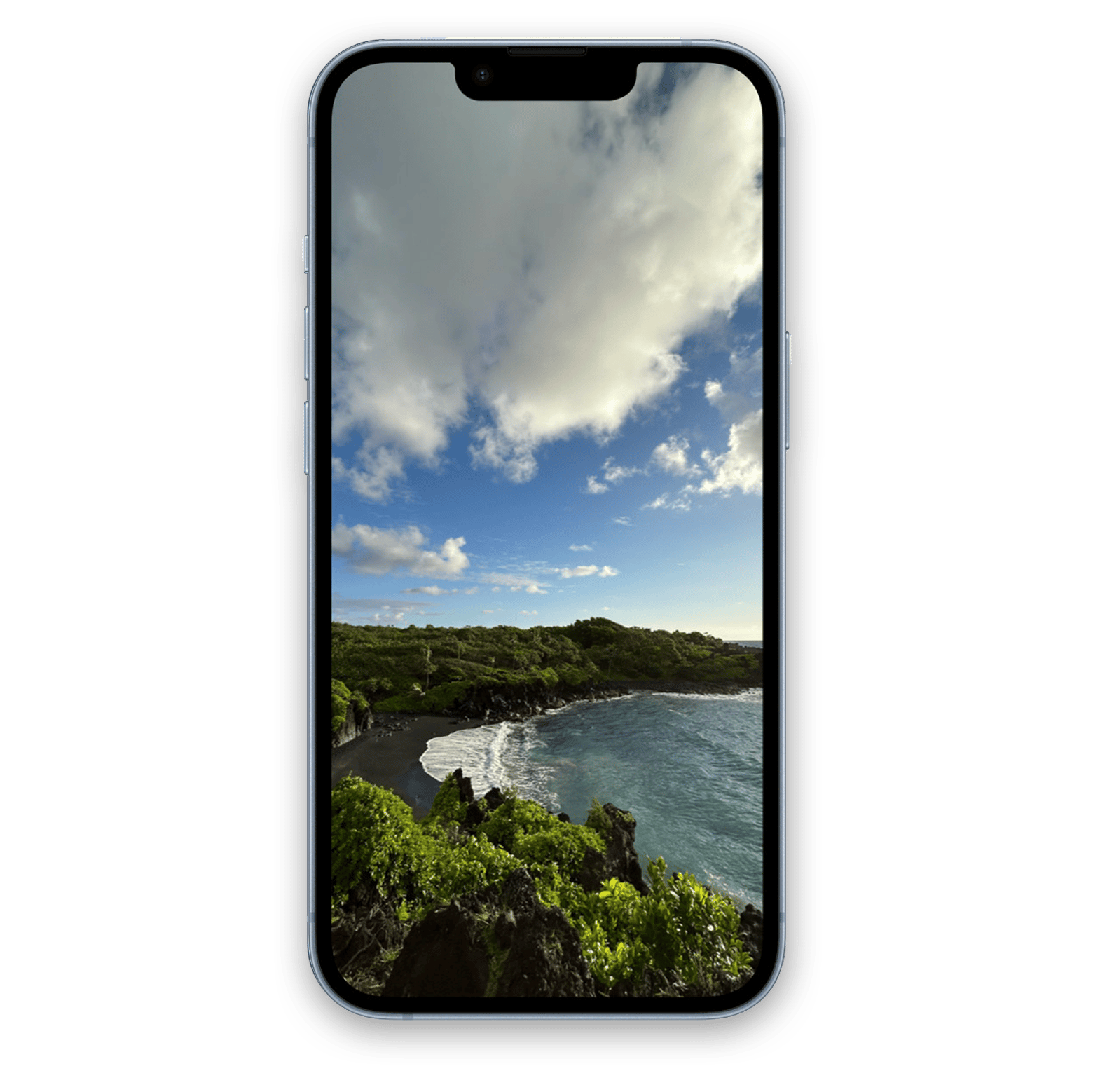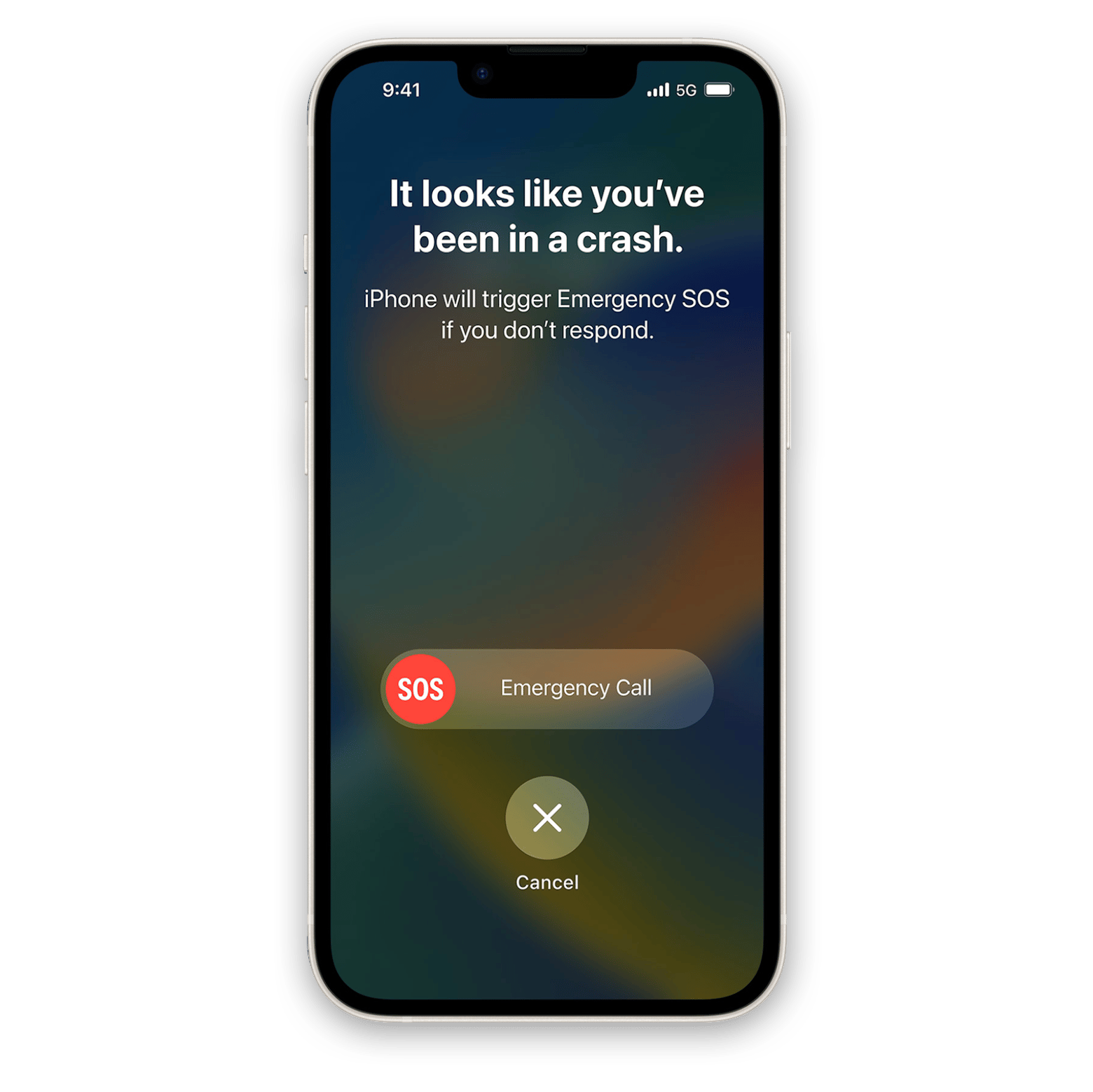iPhone 13 vs. 14: Does it actually make sense to upgrade to a new iPhone 14
This year’s September Apple event brought us a fresh batch of iPhones with starting pricing that is, on average, in line with those of previous years. As usual, with every new release, the question of whether or not to upgrade arises naturally.
Of course, each person will have a different perspective on this question. So we decided to compare the iPhone 13 and iPhone 14 so that you can choose wisely.
What is the difference between iPhone 13 and 14?
In general, iPhone 14, the base model, is not all that different from what we saw in iPhone 13. But there are a few obvious changes in the way it looks, how it works, and a few other things.
Here, we compare the two phones on all the important points so that you can better understand how they are the same and how they are different. Let’s dive right in.

iPhone 13 vs. iPhone 14 design and display
The design of the iPhone 13 and 14 is nearly identical – both have glossy backs and are made of glass and aluminum. The main real difference is the larger size of the iPhone 14 Plus, which measures 6.7 inches.
The iPhone 14, like the iPhone 13 models, has Super Retina XDR OLED screens that enable 1200 nits of peak brightness, a contrast ratio of 2,000,000:1, Dolby Vision, and True Tone support for adjusting the display’s white balance to the ambient light in the room. However, keep in mind that the normal iPhone 14 model does not include ProMotion display technology; only the Pro models have this feature.
Good news: the more expensive Pro versions of the iPhone 14 finally don’t have the notch that we all know and hate. Instead, they have the Dynamic Island – a new pill-shaped notch, which, Apple says, gives the devices “a rich and delightful new way to interact with activities, alerts, and notifications.” Keep that in mind if you’re considering iPhone 14 Pro or iPhone 14 Pro Max versions.
Lastly, it’s worth noting that Apple has abandoned traditional SIM trays (on US iPhones only) in favor of eSIMs in the iPhone 14 series, which could make this update more expensive for frequent international travelers than remaining with the iPhone 13. So the iPhone 13 may be the better option if you need a SIM card tray.
The standard iPhone 14 is available in Midnight, Blue, Starlight, Purple, and (Product) Red.

iPhone 13 vs. iPhone 14 performance
Usually, a new iPhone means a new chipset, but with the iPhone 14 and iPhone 14 Plus, this isn’t the case. And this is for the first time in iPhone history! Apple has kept using the same high-end A15 Bionic chip that was in last year’s iPhones, but it’s not the same Silicone that was in the iPhone 13. Instead, this is the same chip that is in the iPhone 13 Pro. Apple says that if you compare the iPhone 14 to the iPhone 13, it will be 18% better.
On the other hand, A16 Bionic chip is powering iPhone 14 Pro and iPhone Pro Max. This new A16 has a six-core CPU with two high-performance cores that use 20% less power and four efficiency cores that help the new iPhones focus on power efficiency, the screen, and the camera.
Speaking of iPhones’ battery, 20 hours of video playback, 16 hours of streamed video, and 80 hours of audio are all possible on the iPhone 14. The iPhone 14 should improve upon the iPhone 13’s ratings of 19 hours, 15 hours, and 75 hours.
iPhone 13 vs. iPhone 14 camera
The cameras on the iPhone 14 are some of the biggest improvements. The new iPhone 14 models have two 12MP cameras on the back, just like its predecessor. One is the main camera, and the other is an ultrawide shooter. But this time, the main sensor on the iPhone 14 is much bigger, has larger pixels (1.9 microns), a faster aperture (f/1.5), and sensor-shift image stabilization.

Overall, this should result in images and videos with greater detail and reduced background noise. The night mode has also been improved. All of the cameras benefit from the enhanced low-light capabilities provided by the Photonic Engine.
The front camera has also changed on the iPhone 14. This new TrueDepth camera has an aperture of /1.9, which is meant to help when there isn’t much light. On the other hand, the iPhone 13 only has an f/2.2 aperture. The iPhone 14 and 14 Plus also have the first front-facing iPhone cameras with autofocus.
In terms of video, Apple has made a new Action mode for the iPhone 14 that is meant to make videos taken on the go more stable.
iPhone 14 groundbreaking safety capabilities
All of the iPhone 14 models come with new groundbreaking safety features that are ahead of their time and can help in an emergency. For example, when a user is unconscious or unable to reach their iPhone, the iPhone’s Crash Detection feature can now identify a serious traffic accident and promptly notify emergency services.

On top of that, the entire iPhone 14 lineup comes with an Emergency SOS via satellite. This feature uses custom hardware and software that are deeply integrated so that antennas can connect directly to a satellite and send messages to emergency services even when they are not in cellular or Wi-Fi coverage. That’s just fantastic!
iPhone 13 vs. iPhone 14 price and how to get yours
The price of a standard iPhone 14 is $799. With the release of the iPhone 14, the price of the iPhone 13 has dropped from $799 to $699.
Prices for the iPhone 14 Plus start from $899; the iPhone Pro – from $999; the iPhone Pro Max – from $1099.
iPhone 14, iPhone 14 Plus, iPhone 14 Pro, and iPhone 14 Pro Max can be pre-ordered from September 9. The standard and Pro models will be available to everyone from September 16, and the iPhone 14 Plus will be available from October 7.
Should you upgrade from iPhone 13 to iPhone 14
Some of the new features of the iPhone 14 are SOS Emergency satellite connectivity, Crash Detection, and better low-light photography. Even with these changes, the standard iPhone 14 is still a lot like the standard iPhone 13. The common features include the A15 Bionic chip, the screen (except for the larger iPhone 14 Plus model), and the design as a whole.
Overall, it doesn’t seem like the standard iPhone 14 is a big improvement over the standard iPhone 13. But if you have an iPhone 12 or an older model, or if you want to splurge on the bigger Plus model, the new phones could be interesting. You may also want to see our comparison of iPhone 14 vs. iPhone 14 Pro vs. iPhone 14 Pro Max to decide if you want to replace iPhone 13.
Lastly, you can always make any iPhone more powerful with the best software, even if you don’t plan to upgrade. In case you didn’t know, Setapp, which is a collection of more than 240 Mac apps, now has apps for iPhones as well. So you can make sure that your iPhone always helps you! Try 7 days free.





